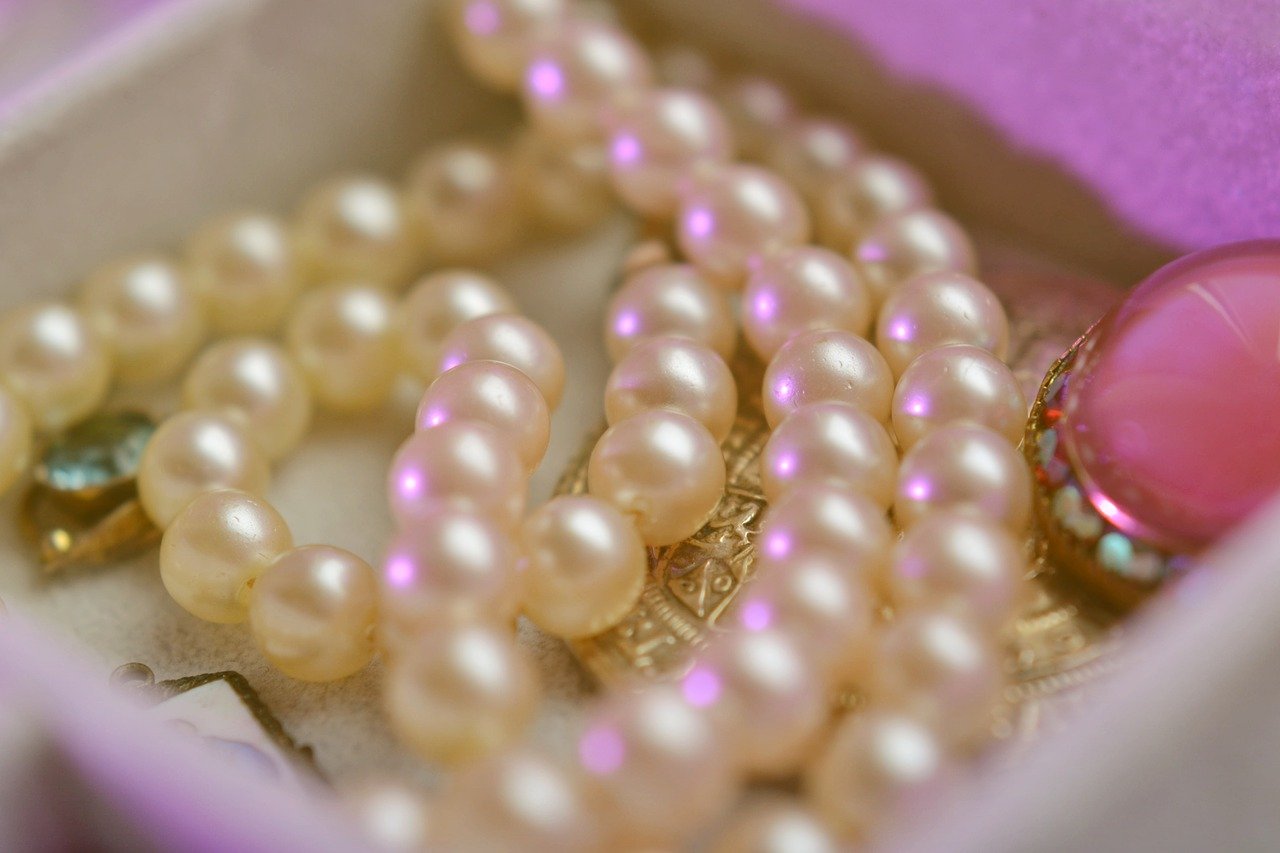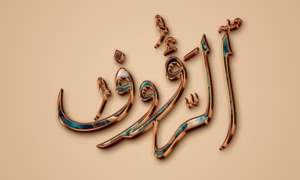Featuring individuals from ethnic minority groups in the media is one way to showcase social inclusion. Of late, people from African American or Asian descent have increasingly been given airtime on different shows originating in the US or Europe. Advertisements also seem to be conscious of this need to include. However, it has taken long for Muslims to receive such representation in the media, and most of it is still far from positive. For the longest, it was as if Muslims did not exist on the international front as a mainstream community. Muslims made an appearance on the TV when covering instances of terrorism or when featuring the oppression of women in Arab countries. These images have not only been few and far between but also inarticulate and stereotypical.
Lately however, there has been a noticeable shift. We see sports brands like Nike introducing their ‘Sports Hijab’, featuring women like Ibtihaj Muhammad and Safia Massoud as its brand ambassadors. Dynamic women like Linda Sarsour and Ilhan Omar have claimed space on the political front, and we even have a hijabi Barbie doll, thanks to Ibtihaj Muhammad! In fact, I was surprised when a Hijab clad girl made it to “Spiderman, Far from Home.” She never said a word, but she was there in the background nevertheless. There finally has been some acknowledgement of Muslims as a noticeable and vital part of Western societies.
Discussions on the commercial use of the hijab aside, Muslim women have made their presence felt and have brought with them the many symbolic implications of the Hijab they carry. Representation and celebration of the Hijab as a symbol of Muslim identity, empowerment and agency is extremely important in a globalized multicultural world. That is why it is so important to address the World Hijab Day today. It is an opportunity to show the Hijab wearing Muslim woman as not only an important part of the community but also actively engaged in it. She is a doctor, an athlete, a politician, an astro-physicist, and so much more.
Speaking of myself, my Hijab is solidarity among sisters in faith. The nod between two hijabis when we pass each other on Time Square or the gentle “Assalamu alaikum” in the streets of Paris. My Hijab is my identity which I take pride in as it pushes me to the fore-front, adding one more Hijabi to the list.
Before I decided to carry a Hijab, I lacked this clarity and pride in my identity. What gave me a sense of selfhood and confidence was the Hijab. It made me realize that there is definitely a bigger purpose to wearing this symbol of our Deen: it creates a sense of community, making us throb as one.
In communities with fewer Muslim presence, my Hijab evokes curiosity and interest. Sometimes I am asked directly why I wear it, which gives me an opportunity to explain. At other times even if I am not asked, the curiosity leads people to investigate the Hijab phenomenon and hence learn some more about Muslim values and culture.
When we stand tall, wearing what Allah commanded us to while actively participating in community life, we do exude positivity. When the numbers increase, so does the acceptance.
O Prophet, tell your wives and your daughters and the women of the believers to bring down over themselves [part] of their outer garments. That is more suitable that they will be known and not be abused. And ever is Allah Forgiving and Merciful. (33:59)
While you are here, check out some of our products







